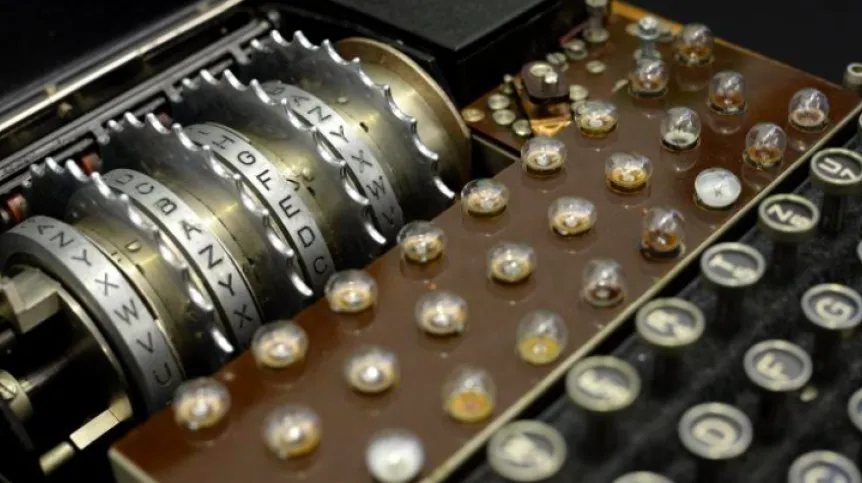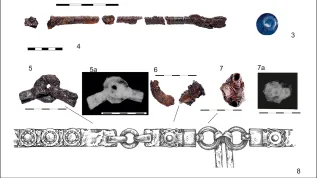
According to British cryptologist Alan Turing`s nephew, because of showcasing the achievements of his relative, people are forgetting about the contribution of Polish codebreakers, without whom "it is hard to imagine that Alan Turing’s crib-checking machine would have been conceived so fast, if at all".
The Times published excerpts from Dermot Turing`s new book X, Y & Z, in which he describes the British, French and Polish efforts leading to breaking the code used by the Nazi encryption machine. He notes that the key to success was the meeting in 1939, during which Polish mathematicians presented the "briefcase of secrets", which contained, among other things, detailed information on the wiring of Enigma as well as the so-called cryptographic "bomba" - a mechanical device for automatic breaking of ciphers.
Three Polish cryptologists - Marian Rejewski, Jerzy Różycki and Henryk Zygalski - were involved in the work on breaking the German Enigma cipher. They cooperated with the Cipher Bureau of the Second Division of the Polish Army Main Staff from 1932.
Dermot Turing added that when after the Enigma was improved in 1940 and breaking the code with the "bomba" was no longer possible, for a short period the only way was to use the so-called Zygalski sheets, a manual method for laborious deciphering of Enigma machine`s rotor settings.
According to the Times, that after the war Zygalski remained in the UK, where he married, took British citizenship and lectured at one of the British universities until his death in 1978. In September, a memorial stone will be unveiled at his grave in Chichester.
Dermot Turing said in an interview with "Times" that the "myth-making" around Bletchley Park - the military centre where his uncle used to work - had made it difficult to get at the truth about the role of individual states in breaking the Enigma code. He believes that Britain had "appropriated the work done by the Poles and got it grafted into British history".
"Pretty much all Alan Turing’s main breakthroughs were not entirely his own achievement. I am not trying to denigrate him - it is absolutely obvious that his insights were brilliant and groundbreaking - but he had a serious leg-up. All the things associated with his name at Bletchley Park are based on foundation work done by the Poles" - he explained.
He adds that while Turing`s achievements were glorified after the war, Zygalski encountered "sniffiness" over his foreign qualifications. "This is the guy that broke Engima machines" - said Dermot Turing.
"There is a little bit of an Alan Turing cult out there at the minute, for all sorts of reasons which are very understandable and which I don’t particularly disagree with, but it does mean that it can be taken to absurd extremes. For example, the University of Surrey in Guildford has an absolutely enormous bronze statue of him. Was it Zygalski or Turing who taught there? Alan Turing had nothing to do with Guildford" - the mathematician`s nephew reminded.
Dermot Turing`s X, Y & Z by will be released on September 3. In mid-September, meetings with the author will be held at Bletchley Park and at the Polish Embassy in London.
From London, Jakub Krupa
PAP - Science in Poland
jakr/ akl/ ap/ amac/ kap/
tr. RL













